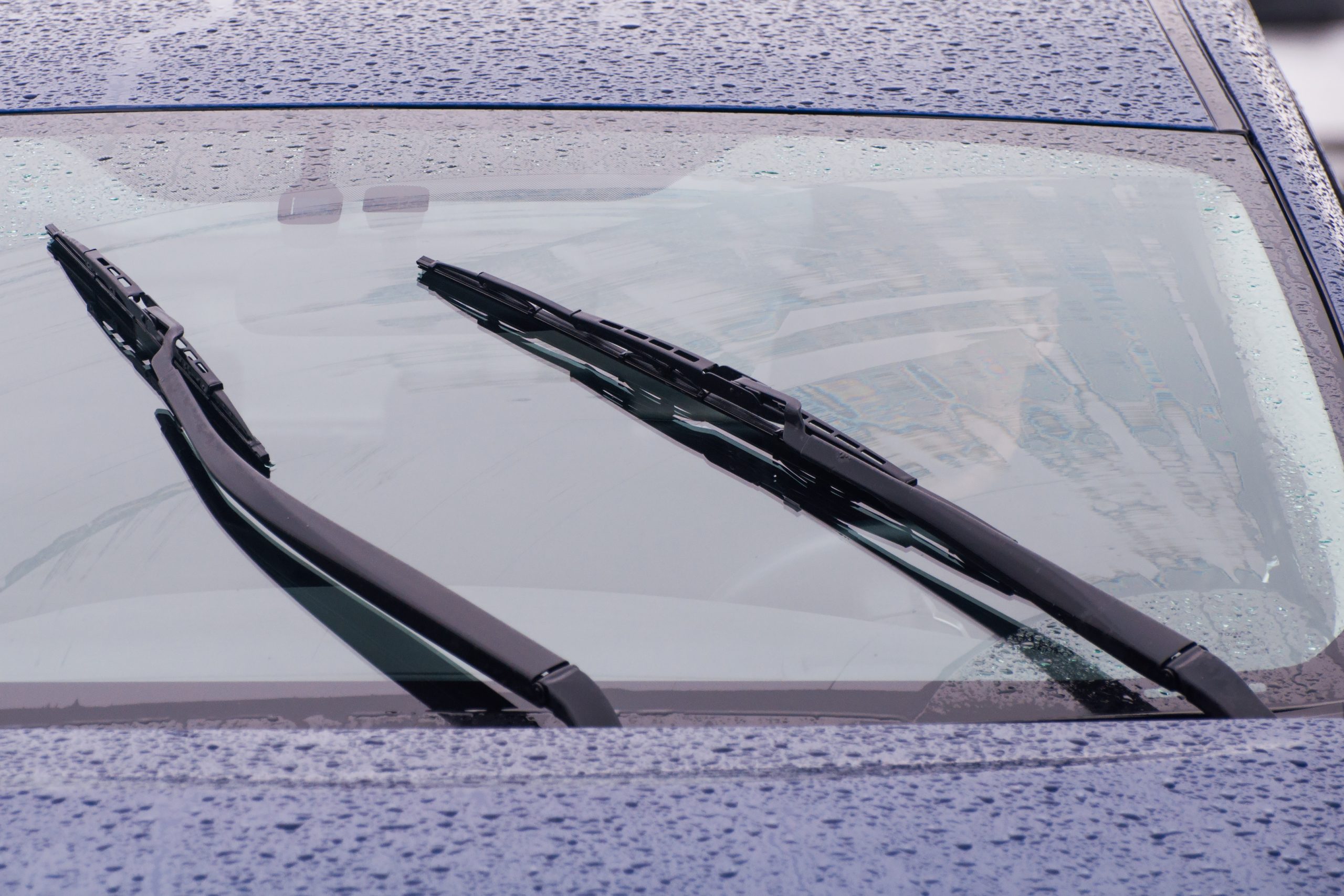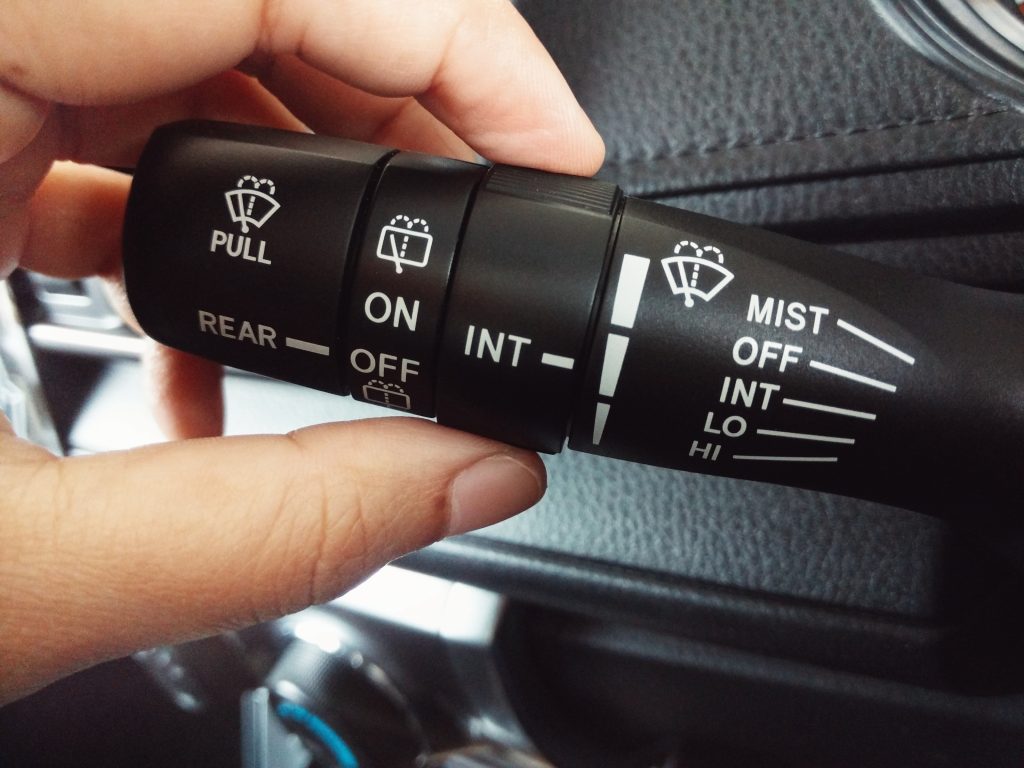Windshield Wipers

Windshield Wipers
Being able to see through the windshield is essential for all drivers. Snow, ice, rain, and dirt can obscure the view of the street, making driving more dangerous for all road users. Windshield wipers are designed to take care of these problems, but drivers also need to understand how they work and care for them properly. With the right maintenance and use, windshield wipers can be useful tools for drivers in any weather.
Windshields are essential for helping to protect drivers and other occupants of vehicles. In the days of horse-drawn carts and carriages, the speeds were too low for airflow to cause many problems. However, with the higher speeds that motorized vehicles made possible, drivers needed protection from the wind, insects, and anything else that might cause problems for their ability to see the road. Glass windshields were the solution for that need.
The Invention of Windshield Wipers
With glass windshields came the need to clean them. As the Encyclopedia.com website notes, in 1903, inventor J. H. Apjohn devised a system of two brushes that moved up and down on the windshield to clean it. Also in that year, another inventor named Mary Anderson developed a lever-controlled swinging arm that could sweep across the windshield.
Since then, windshield wipers have changed considerably. In 1962, an inventor named Bob Kearns developed intermittent wipers that the driver could adjust according to the amount of moisture hitting the glass. In the 1990s, designers began to make automated systems with sensors that could turn the wipers on whenever necessary.

Styles of windshield wipers have also changed over the years. The Jalopnik website mentions three designs of modern windshield wipers: pivot, opposed and mono-arm. Many windshield wipers have two arms, one on the right and the other on the left side of the windshield. When the driver turns a knob beside the steering wheel, a motor starts the wipers moving. They may move together from left to right and back, or they may move in opposite directions. In some models of vehicle and often on the back windows of vehicles equipped with them, a single wiper may move across the entire window.
Settings
Windshield wipers come with several settings to accommodate different levels of moisture. The intermittent setting makes the wipers operate only every few seconds, often at a rate that the driver can adjust. The next setting is for light rain or snow, where only a small amount of precipitation gathers on the windshield. In heavy rain or snow, the fastest setting will help to keep the windshield clear so that drivers can see where they are going.
Bad weather is not the only reason for using the windshield wipers. Insects or dirt can land on the glass, obscuring the driver’s view. In that case, the driver presses a button, usually on the end of the windshield wiper knob, that operates a device to spray windshield wiper fluid onto the glass. Then the rubber blades of the windshield wiper can clean off whatever is obscuring the driver’s view.
Automatic Windshield Wipers
Traditionally, drivers have had to turn the windshield wipers on and off. However, a 2014 Popular Mechanics article by Michael Austin describes an innovation that could change windshield cleaning: automatic windshield wipers. These wipers are connected to sensor that detect the amount of moisture on the windshield and automatically turn on or off as necessary. Although early models of this technology were quite unreliable, researchers are working to improve it so that drivers will no longer have to decide when to use the wipers or adjust the system for the amount of precipitation.
Maintenance
Like any other vehicle parts, windshield wipers require maintenance. As Ontario’s Ministry of Transportation website explains, testing the wiper blades to ensure that they are working properly is important for all vehicle owners. If the blades leave streaks along the windshield or if they miss sections of the glass, the rubber might be wearing out and need replacing. If that does not help, it could be the metal wipers themselves that are broken, rusted, or otherwise not working properly. Taking note of how the wipers normally function is important to be able to tell when something goes wrong.
Regularly checking the system is a good idea to ensure that the vehicle is not suddenly left without windshield wipers. Drivers should check, or ask mechanics to check, the level of windshield wiper fluid in the vehicle, while also ensuring that it is appropriate to the season. In much of Canada, this requires changing to a fluid containing antifreeze for winter.
Windshield Wiper Damage
The Ontario Ministry of Transportation’s website also notes that checking for damage to the windshield wipers is vital to keeping them working properly. Windshield wipers have moving parts that can break and rubber blades that can tear or deteriorate. Knowing how and when to use windshield wipers can help keep them working well for as long as possible.

For example, thick layers snow, such as the kind that can accumulate while a vehicle is sitting outside. can put too much pressure on the blades, causing them to break. Brushing the snow off the windshield with stronger tools can help preserve the wipers. Similarly, rain that freezes onto the windshield could be too thick and hard for the wipers to remove. If the wipers slide over the layer of ice without moving it, another tool or the window defrosters may be necessary for clearing the obstruction off the windshield.
Cleaning or replacing the blades as necessary can help preserve them while also making them more effective. Removing ice or debris from the rubber helps the blades run more smoothly, while wiping them off with a wet cloth can help keep them and the windshield clean. If the blades start to miss large spots, they may need replacing, or other parts of the wipers may need adjusting. Replacing the metal parts may take technical knowledge, but many drivers can learn to replace the rubber blades themselves.
Windshield wipers might seem insignificant, but they can be essential for helping drivers to see the road ahead of them. Using and maintaining them properly is important for every driver.
